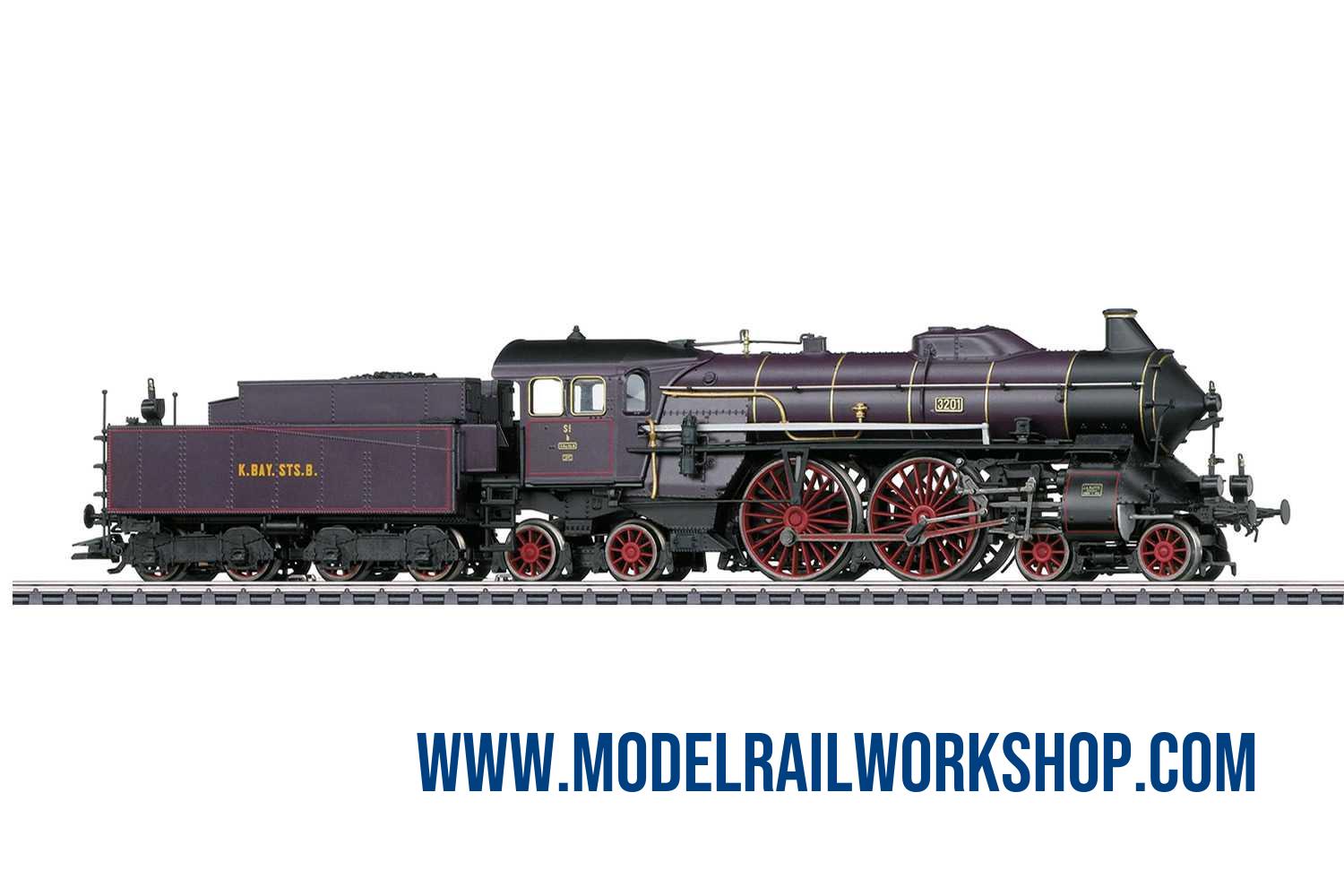
| KEY DATA | |
|---|---|
| Product Name | 37018 Steam locomotive with tender - BR S 2/6 |
| Object type | Locomotive-Steam with tender |
| Product Line | Märklin Special Model |
| Era | 1835-1925 (I) |
| Manufactured years | 2018-2019 |
| Text on object | K.BAY.STS.B. |
| Number on object | 3201 |
| Classification | BR S 2/6 |
| Type of housing | Metal |
| Length | 25.1 cm |
| Technology | Digital MFX+ |
| Railway company | DE - K.Bay.Sts.B Königliche Bayerische Staats-Eisenbahnen |
| Märklin RRP (Year) | 500€ (2018) |
| Koll valuation (Year) | 400€ (2022) |
| Url to Märklin | Klick to GoTo www.maerklin.de |
| Description | |
|---|---|